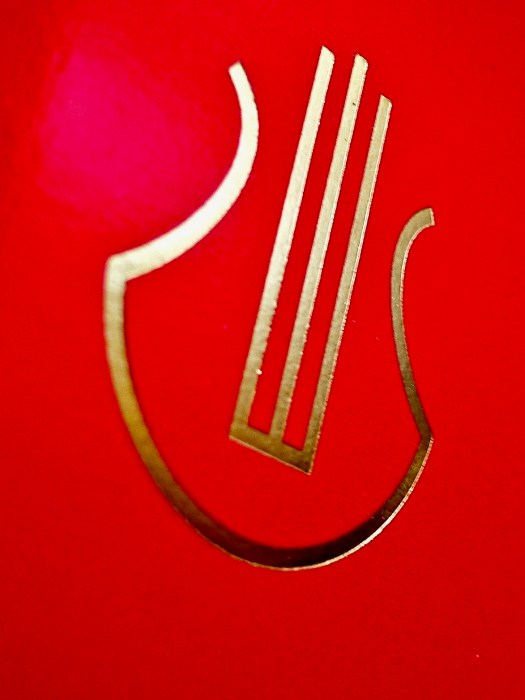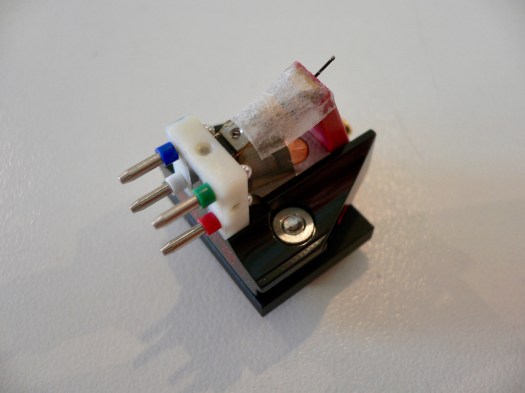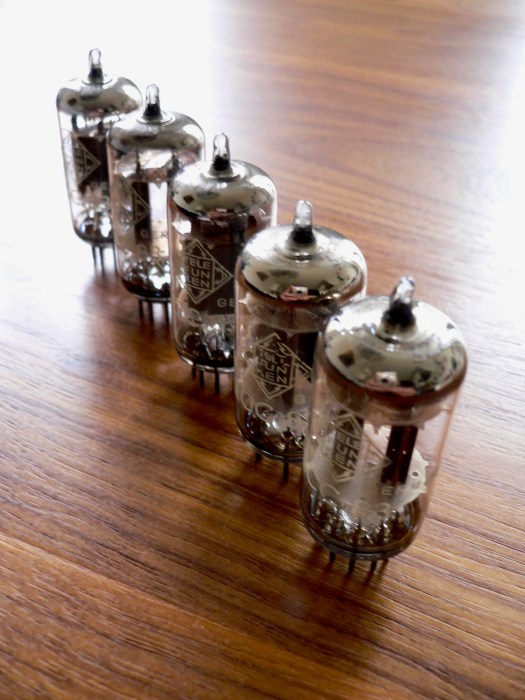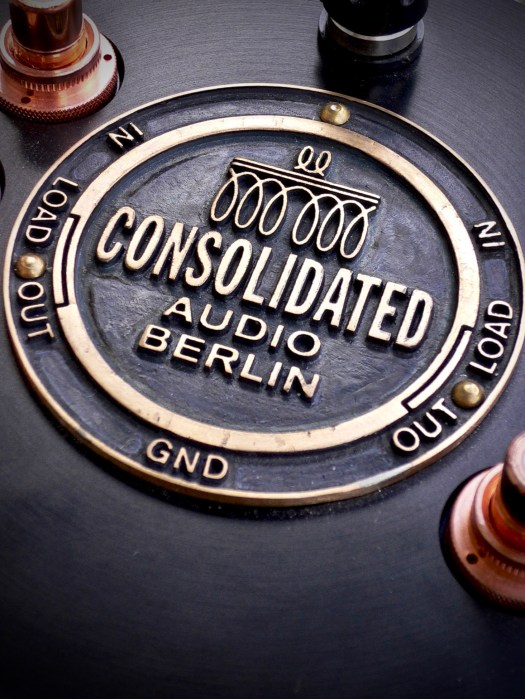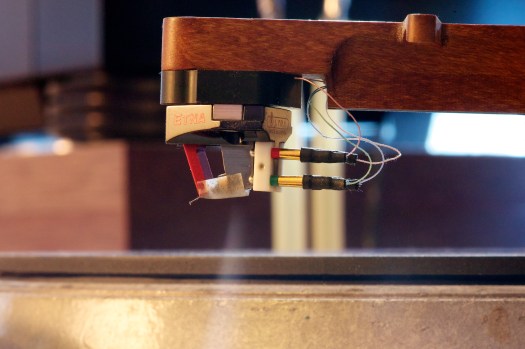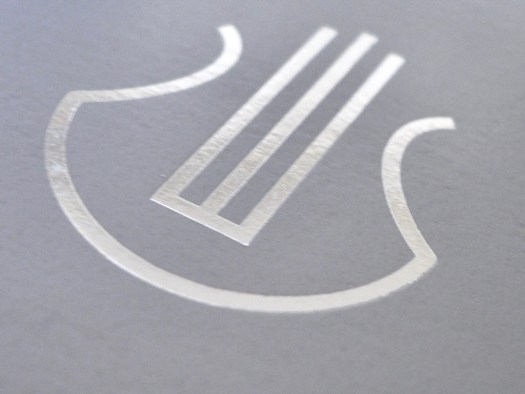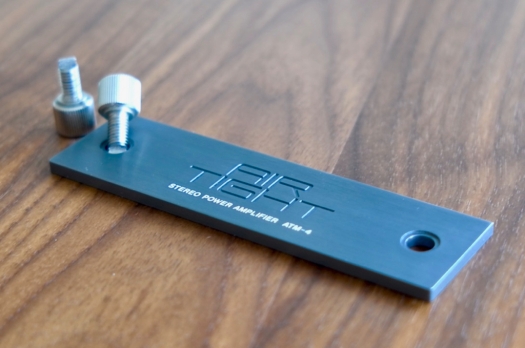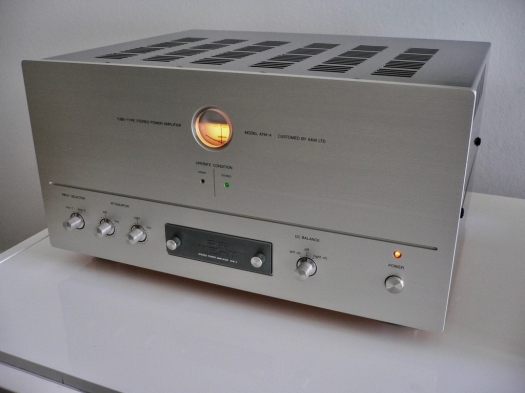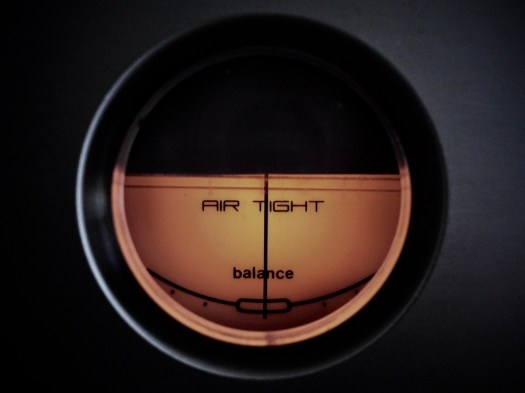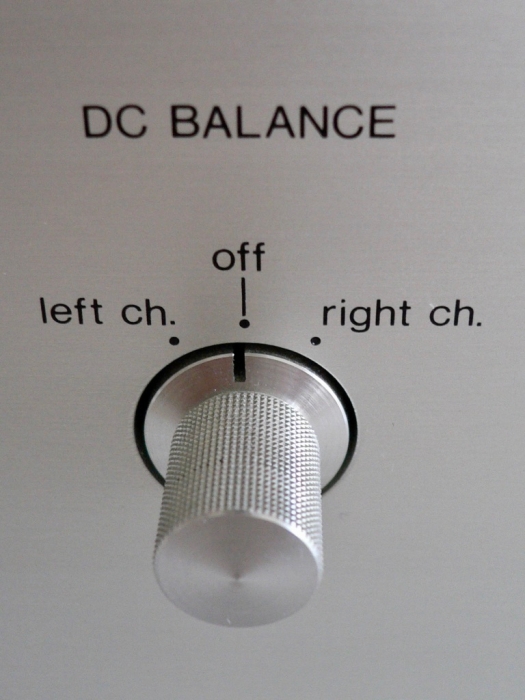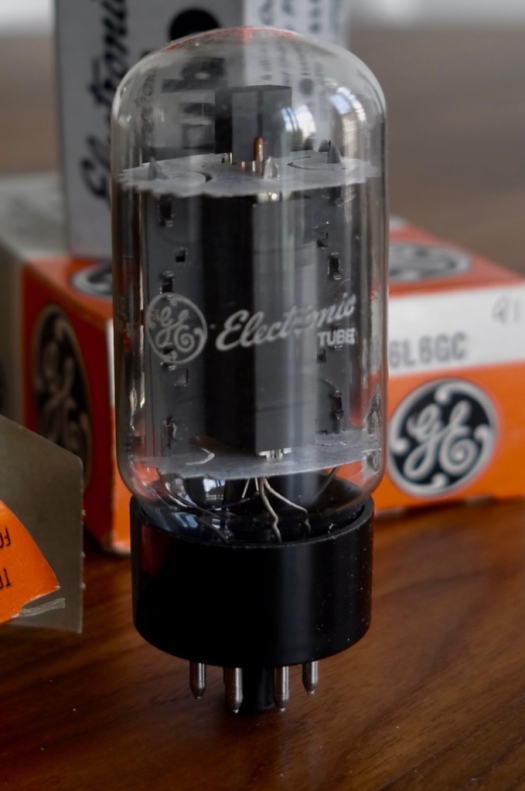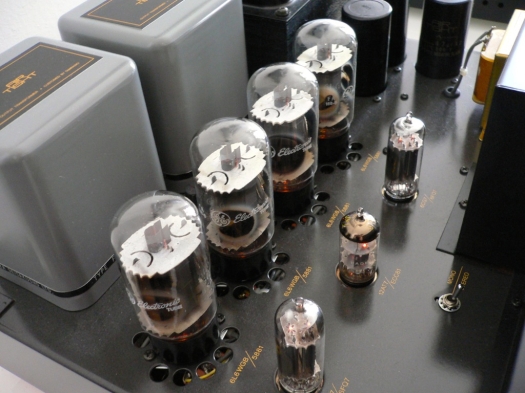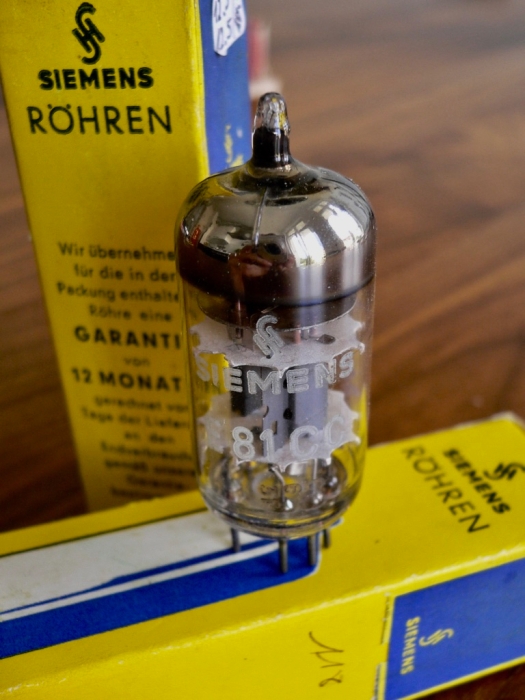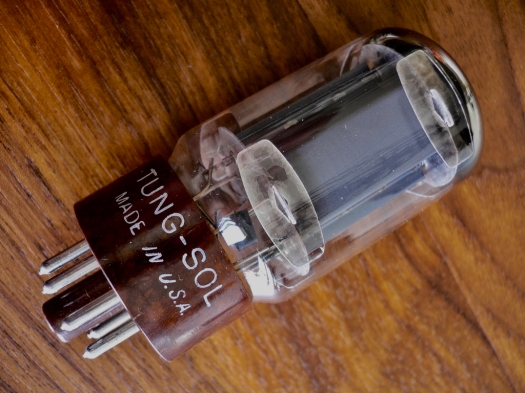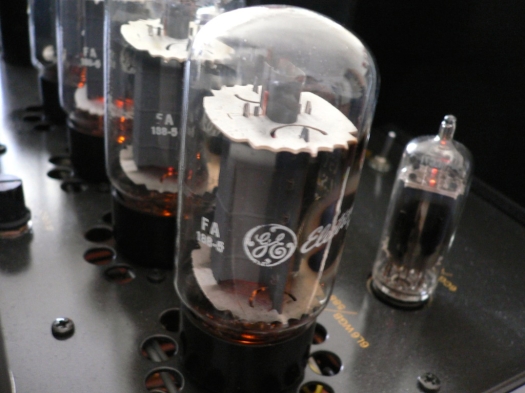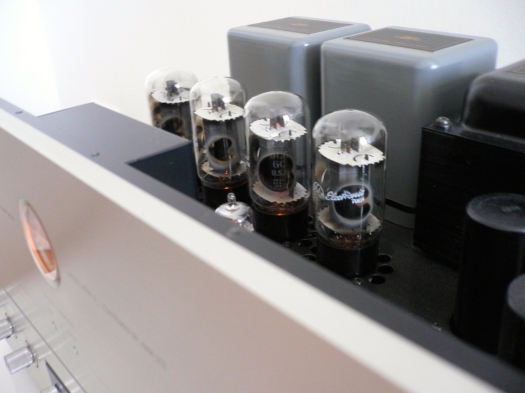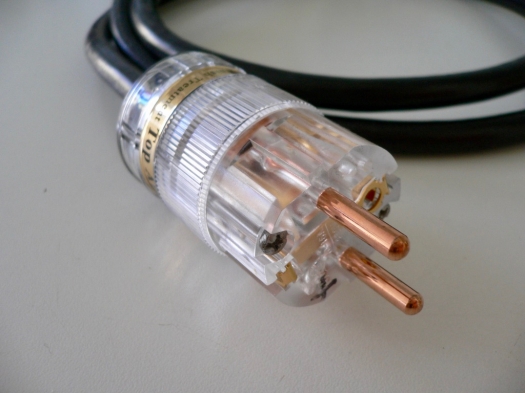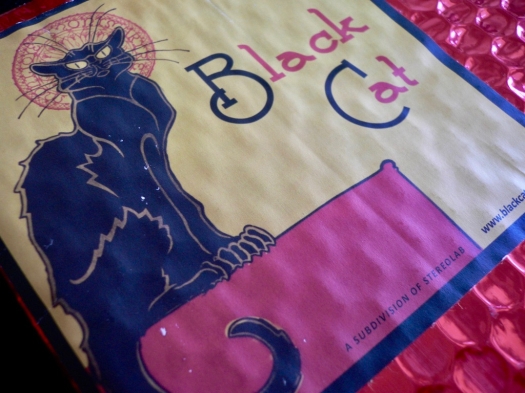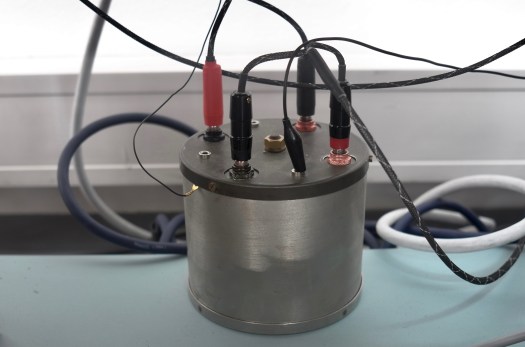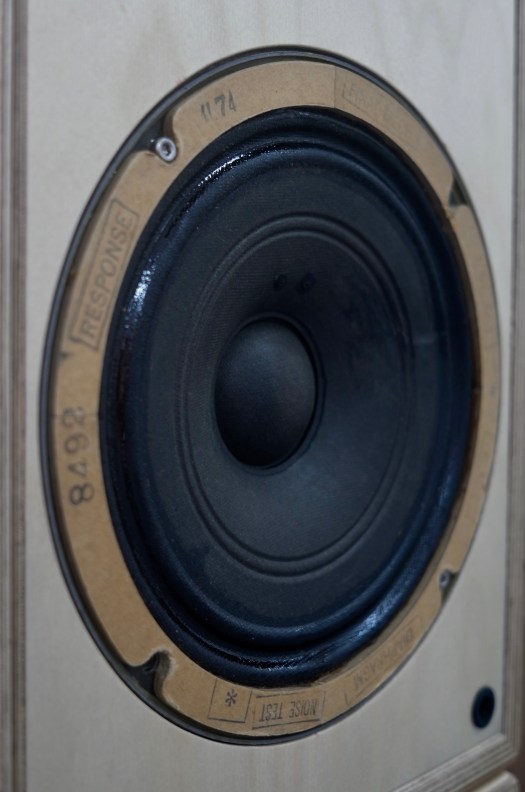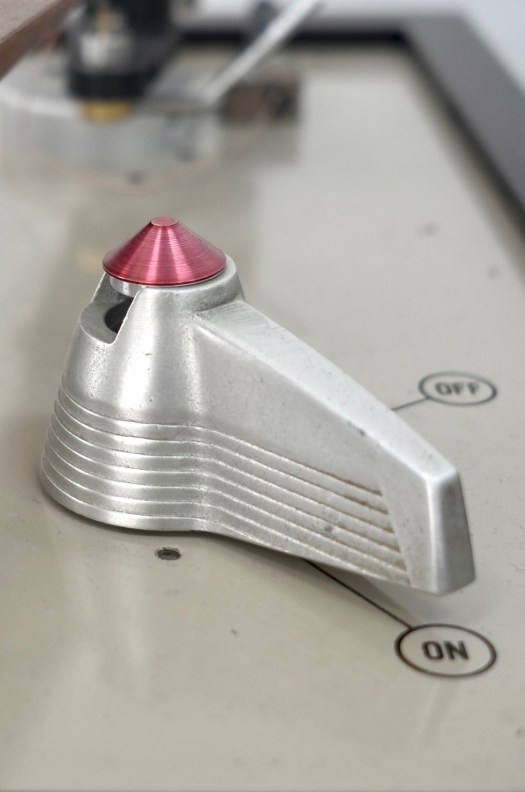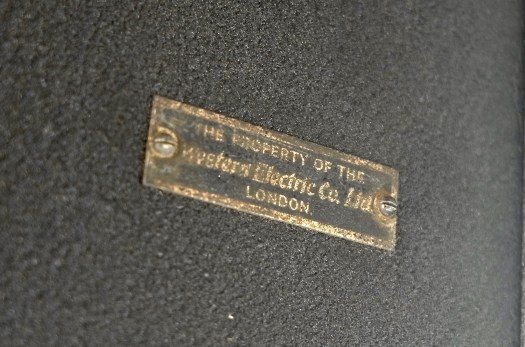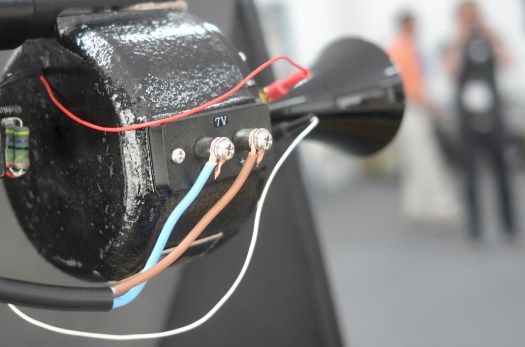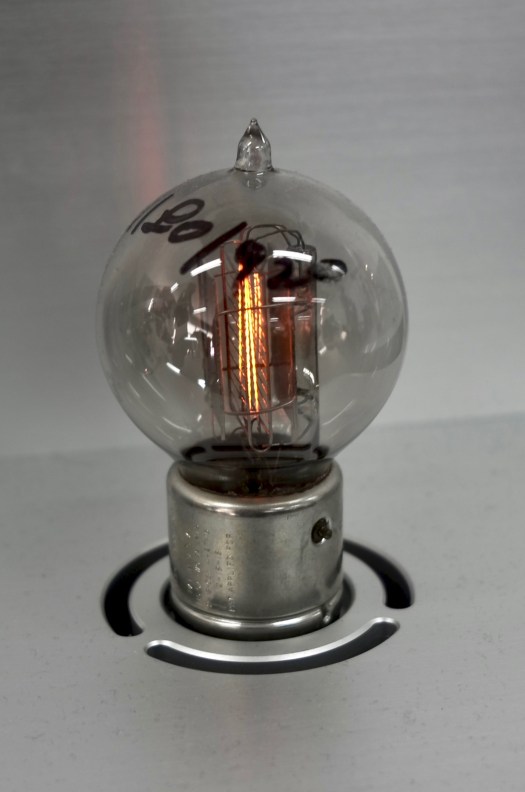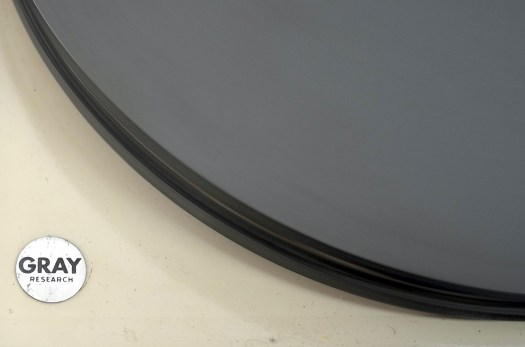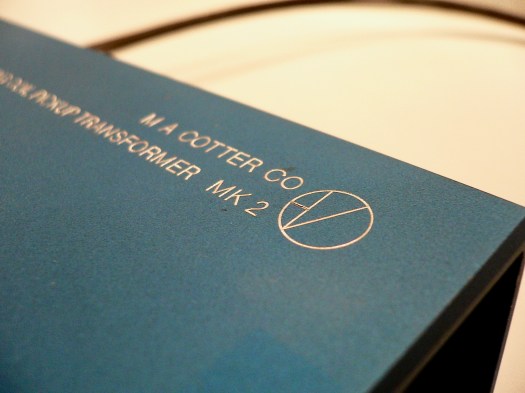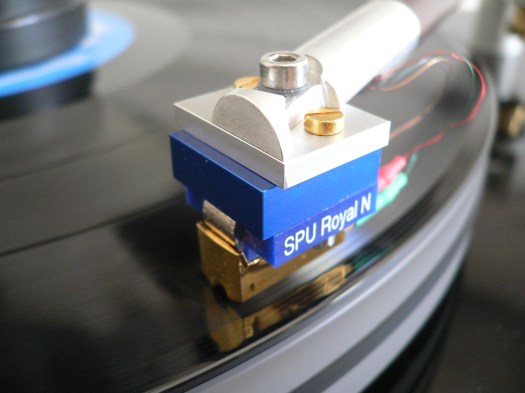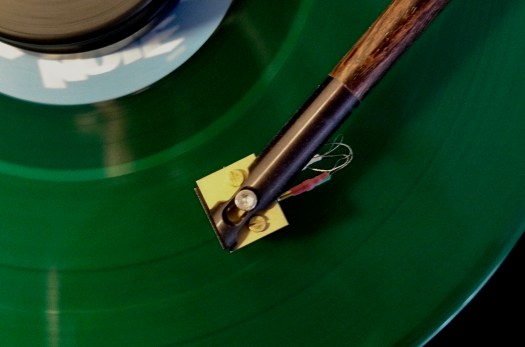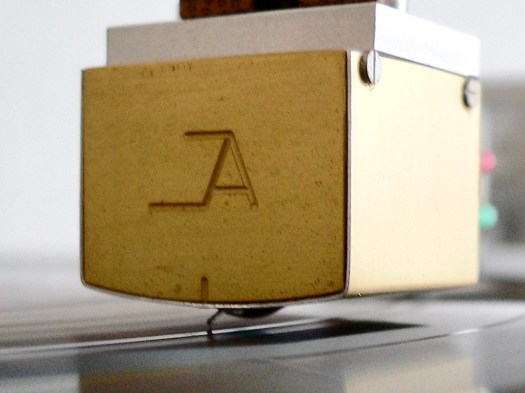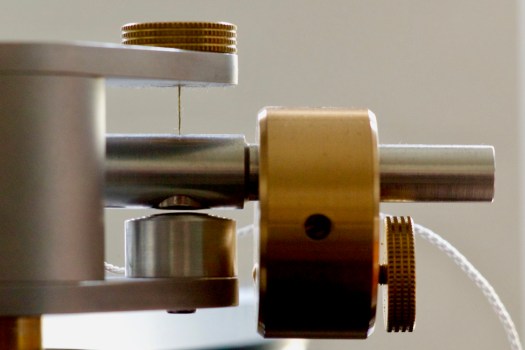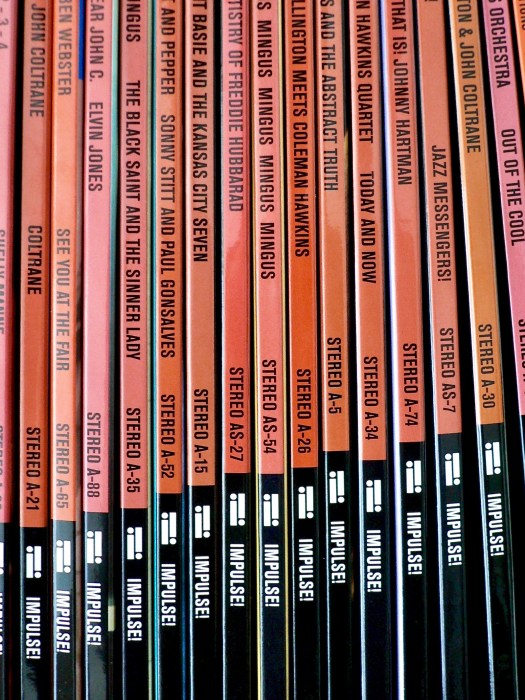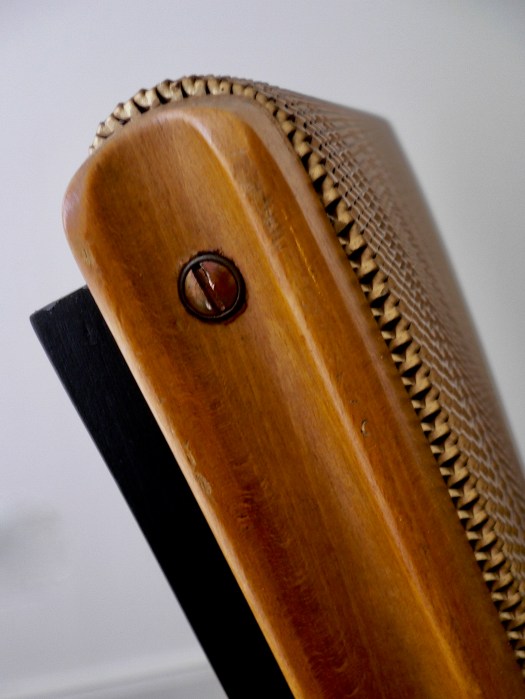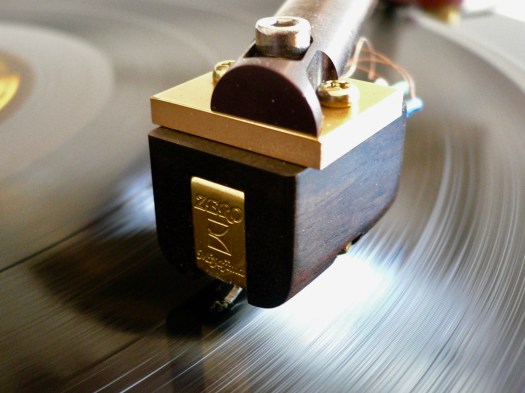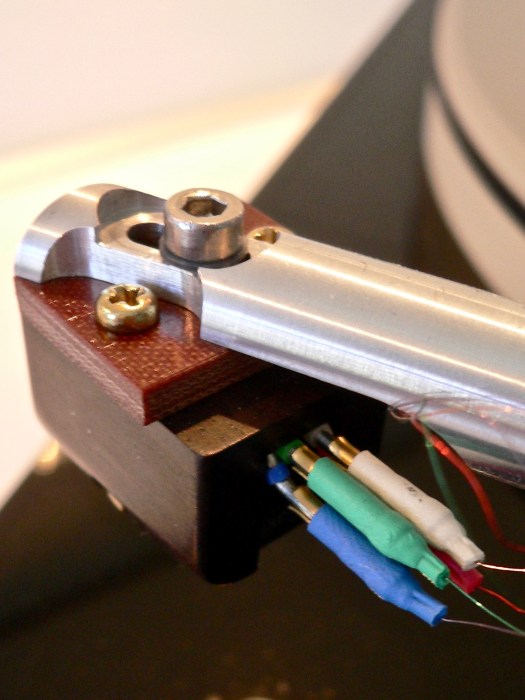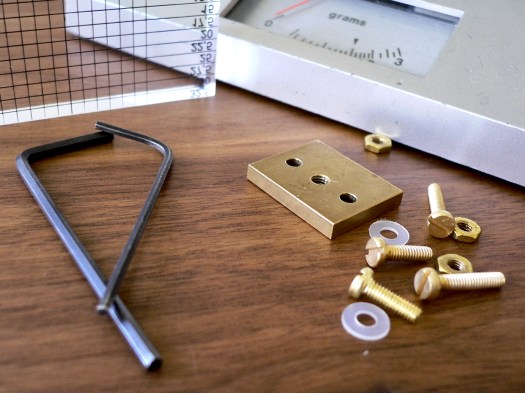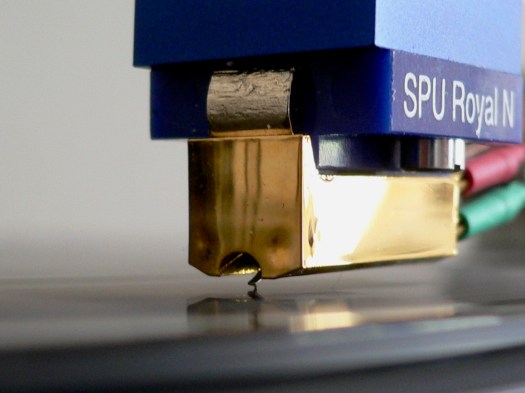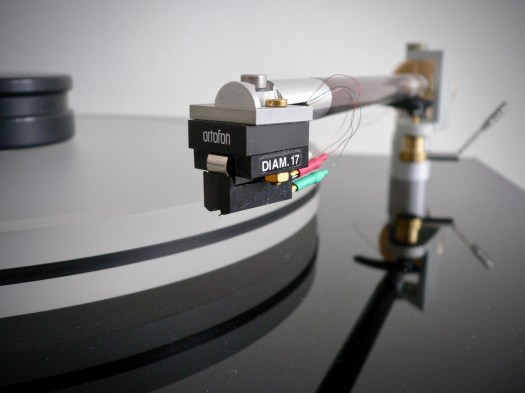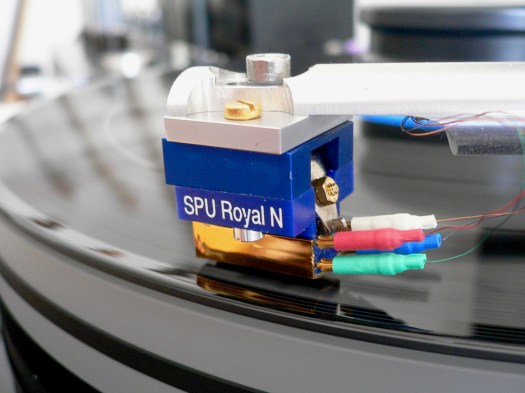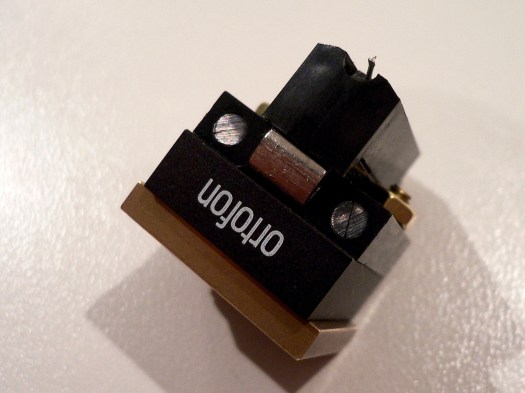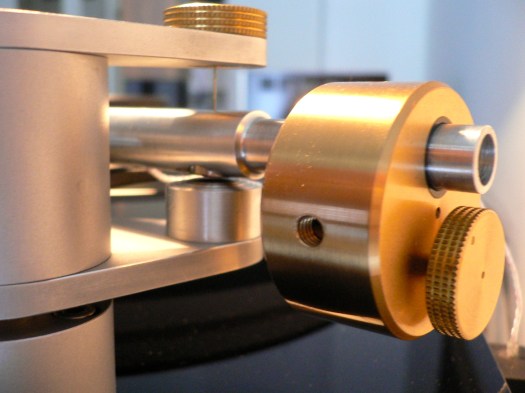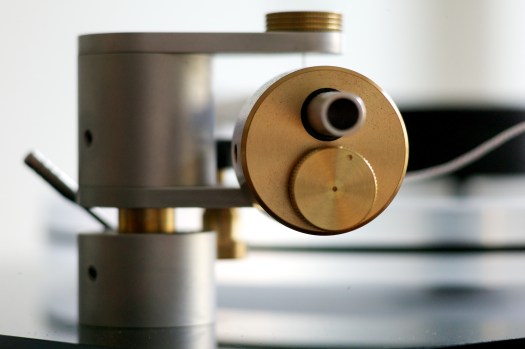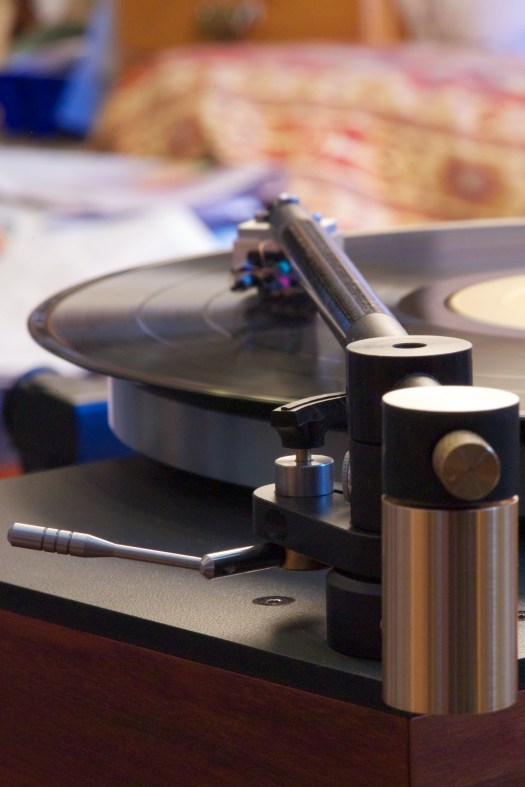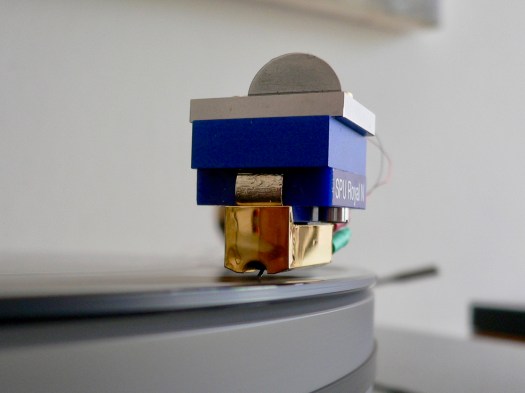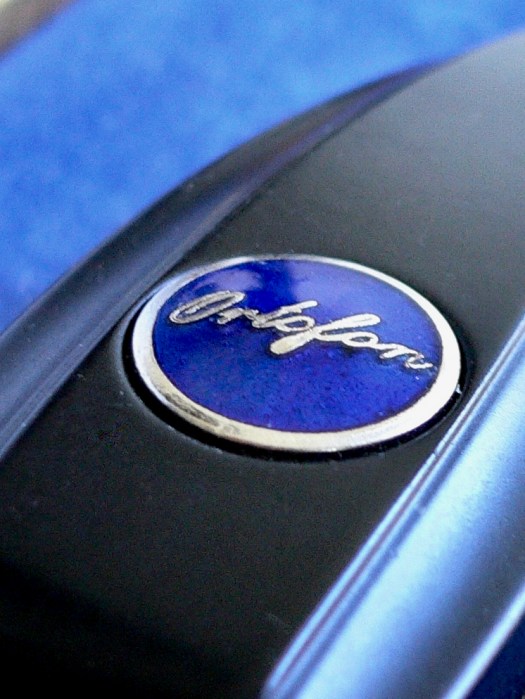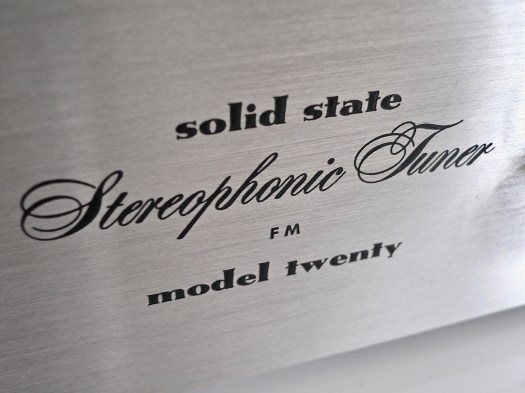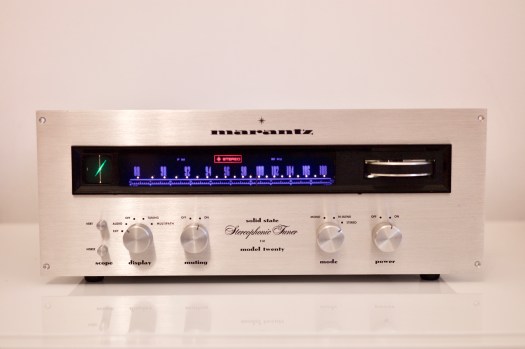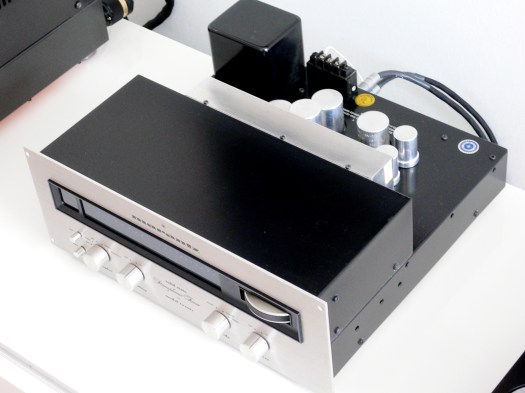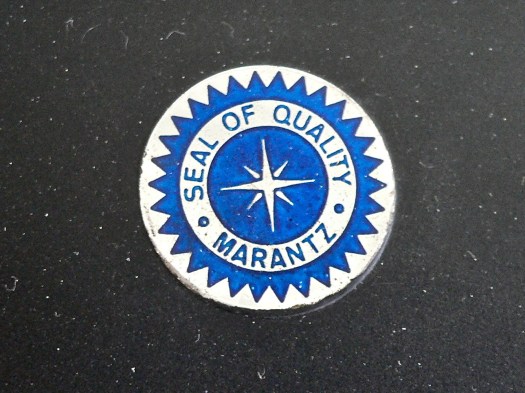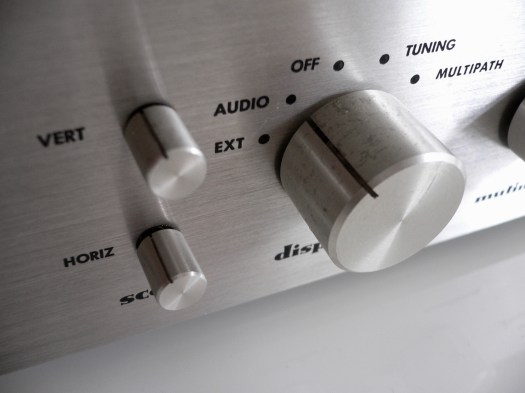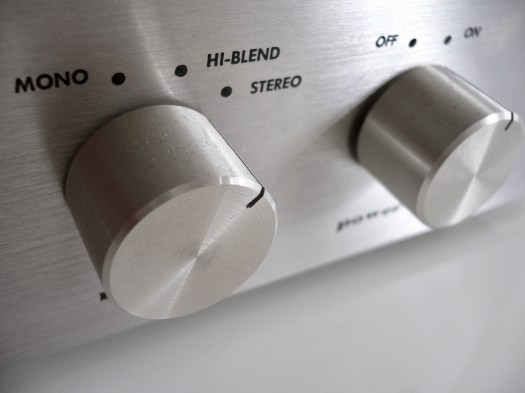There is something special about Japan, tradition and modern high tech are often separated with only a very small distance from each other. The attention to even the smallest detail in some of the best products coming from the land of the rising sun is outstanding – and on the other hand you have mass market products, ugly and very cheaply made. A land full of extremes and contrasts, stuffed cities and beautiful zen gardens amidst them, meditation and extremely noisy gaming rooms, young girls dressed with school uniforms to animate…. and buddhist monks, shinto shrines and fast food…..you get the picture.
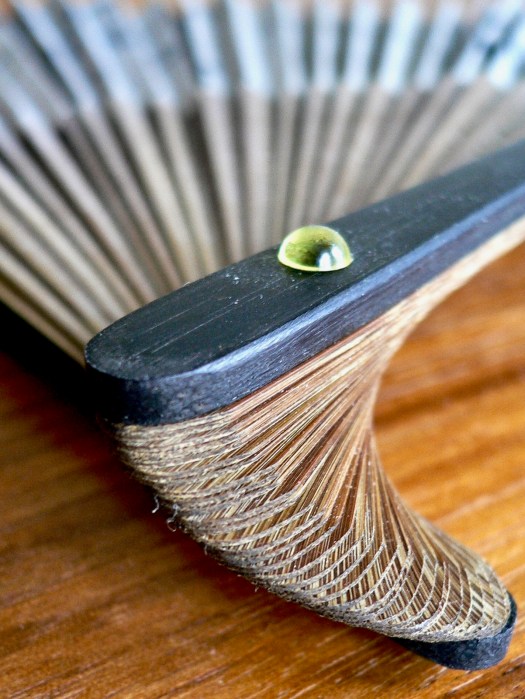
In the past the Japanese industry copied the stuff from the western world – the camera industry comes to mind – and especially German Leica, Rolleiflex and Contax models. But once they got the idea behind a construction, the Japanese engineers had the ability to increase the amount of features as well as the quality and they achieved a better result than the formerly copied product. At that moment there was no German camera industry anymore (Leica survived almost…) and Nikon with their legendary F and F2 models took over the complete professional camera market. If those people do something really seriously, they are able to achieve superlative product qualities.

Imagine – at the end of the 70ties (last century) Sugano San (the father) came up with something like a Koetsu Red (read Rosewood Signature) cartridge – it was nearly comparable with the presence of the space shuttle in the 19th century….
A line contact stylus, boron cantilever, smarium cobalt magnets, 5 ohm DC resistance and healthy 0.4mV output voltage, bodies made from rosewood, lacquered with Urushi, or even milled out of solid stone…imagine that at the end of the 70ties…..it was THE ULTIMATE CARTRIDGE!
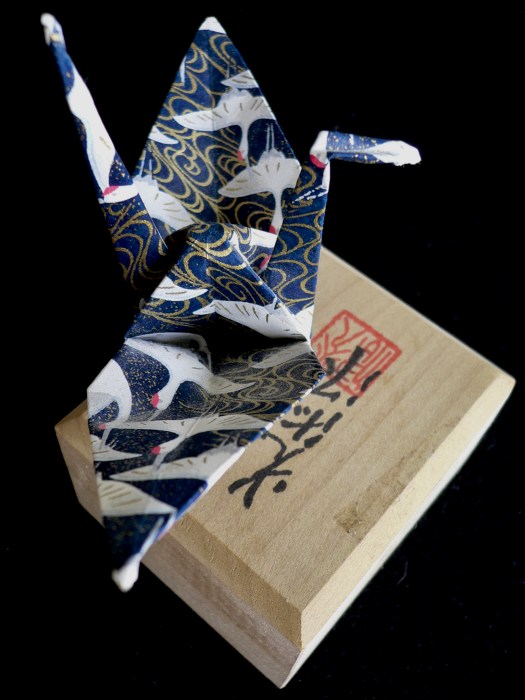
If we google Koetsu cartridges today, we will find a lot of forum entries, mostly comprised with misinformation, or completely wrong statements. It is a good source of amusement for the analogue lover….. If wie google Koetsu Black, we will find statements like -“great for voices – rolled off at the top and muddy bass” – than we see a picture of such a Koetsu Black mounted in a Rega RB 300 at the same thread…….on another forum a respected guy is telling us, that the golden flakes dressed upon the Urushi lacquer will result in a much heavier cartridge housing….bullshit!!!!
All forum “informations” have in common that a Koetsu is soft at the treble, has a muddy soft bass and great mid frequency response with a strong emphasis in that section, while it is a bad tracker, which is not able to track the 70 mü torture track on a test record… and is extremely sensitive to VTA adjustment. Some say these cartridges have a ridiculous stiff suspension others claim exactly the opposite, and some others think the VTA must be up at the back of the tonearm – and the majority claims down at the back may be the only way to get a proper sound. Not to mention the different suggestions regarding the termination of the carts – the range goes from 30 Ohm – 1 Kohm or completely open, which means normally 47 Kohm…..Maybe it is time to explain some things???
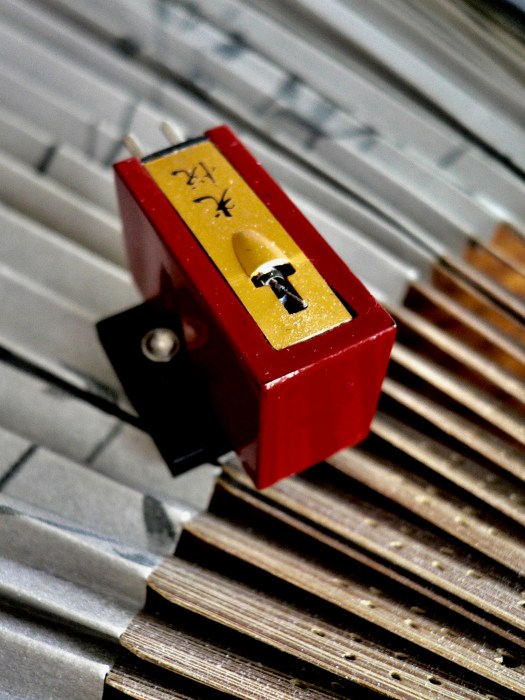
The Differences
Lets start with some information regarding the different models…. All Koetsu carts have something in common….They all share 5 Ohm DC resistance, and they all share the same diamond cut, a custom made variation of a line contact stylus, made to Sugano Sans specification by the Japanese specialist Ogura (which is also used by Lyra with a different profile leaving out the Lyra Delos which uses a Namiki needle). They all use a classic magnetic circuit wich includes a traditional yoke construction.
Here is, in what they differ:
Koetsu Black Goldline

The only Koetsu with an aluminium body structure today (the original Urushi carts made by Sugano San the father were also based on an aluminium enclosure…) which has also a different form factor compared with the more expensive models. The body is somewhat smaller and has a different gestalt at the front of the enclosure – here we will find a angled cut, which makes us able to observe the cantilever very easy, something which can not be said about the classic Koetsu body shape of the bigger models. The Black has 0.4mV output and 5 Ohm DC resistance, which is achieved with 6n pure copper windings on their coils, and a smarium cobalt magnet. The suspension is somewhat different than the more expensive models – it has a compliance of around 13cu, which makes it compatible to lightweight tonearms, which is also addressed by the aluminium enclosure wich is more heavy than the Rosewood Standrad. The Body has no threaded mounting holes – so you have to deal with tiny screws and even smaller nuts. The cartridge features now silver cartridge pins – older models have golden ones. The modern Black (Goldline) has nicely chamfered golden lines at the edges of the body, which is represented in its name. The bottom of the cart is sealed with the classic thin sheet metal strip with the famous Japanese writing engraved.
The Koetsu Rosewood Standard
The Standard has the same body form factor as the black – we do not get at this point the longer body with the nearly straight edges, which describes a traditional Koetsu model (leaving out the first longbody Koetsu carts) ….but in this case the body is made of rosewood which gives the cartridge its name. The Standard has already the suspension, we will find on the “bigger” Koetsu carts – so it is much stiffer that that of the Black Goldline – between 8 and 9cu….which means, we need a heavier arm! That is very important, because the whole cart is lighter than the Black – so the body structure does not help us with the need of a proper tonearm mass which should reach around 18g (effective mass)! Here we have the first of a long row of common mistakes – a Koetsu Rosewood Standard is not a good match with a SME Series IV or V nor is it in any way compatible to a Rega or a Linn…..if you match the cart with such tonearms – please read the forum entries about rolled off treble and muddy bass…..;-)))) The Rosewood Standard has no threaded mounting holes either – so you deal again with tiny screws and even tinier nuts….All of its ingredients are equal to the Black Goldline – except for the suspension and the body material.
The Koetsu Rosewood Signature
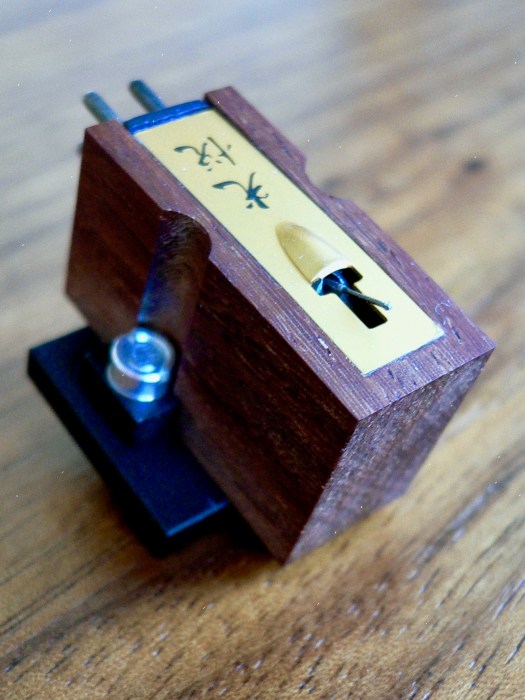
With the Signature version of the Rosewood model we get now the traditional Koetsu body shape – gone is the lifted section at the bottom of cartridge front – but, be aware – the body is not a straight rectangle construction – the form of the underside is not parallel to the top of the cart. Again we will get 6n pure copper coils, the stiffer classic Koetsu suspension, 5 Ohm DC resistance and 0.4mV output and again no threaded mounting holes. But Koetsu put on underneath a better quality control and uses more pure materials with the Signature version. What we can see as a costumer is just the traditional body structure which has now the very famous scoop at the bottom plate which protects the enclosure from dust.
In my book the Koetsu Rosewood Signature is the first true Koetsu in the line up – the Standard and even more so the Black Goldline gives you a taste of what you can expect using the Signature. This statement is true for such people, who have a heavier tonearm, for installations which uses an 8 – 12g arm, the Black Goldline would be a much better choice. The bad thing about the Rosewood Signature is its price tag – if I claim that at this point the famous Koetsu sound starts in its purest fashion – it is a very expensive entry level – which it is.
The Koetsu Urushi
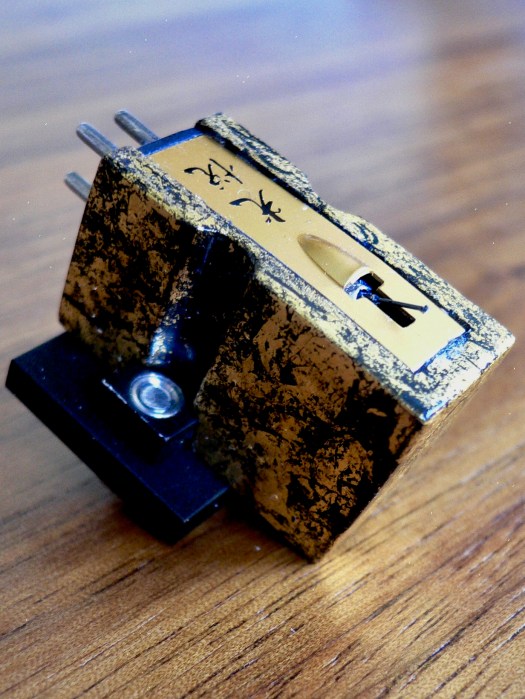
There is no sich thing as THE URUSHI – because Koetsu delivers different models – leaving out the Koetsu Urushi Vermilion, which I will talk about in a minute. All of the other Urushi cartridges are technical equal – what differs is the amazing lacquer artwork in the traditional Japanese Urushi fashion. Some of the models are made with very old techniques, and they are named after the Japanese cities in which these techniques were invented – examples are the Wajima and the Tsugaru. Others use a more modern twist to the old traditional techniques, the Sky Blue comes to mind. Urushi lacquer is a natural product which is won out of tree resin. It needs a long, long time to get fully dry and as it gets dry it gets harder and harder. Underneath the Urushi lacquer – you might guess it already, we will find – a rosewood body….so the Urushi carts use the same material and body form factor as the Rosewood Signature – the difference is the lacquer technique which gives the body a different behaviour regarding mechanical energy transmission and resonances! Technically there is also something new to discover….we still have a 6n pure copper coil but in this case it is caldded with silver. The cladding process could be explained if you imagine your girlfriend or wife putting on her sexy nylon stockings….. So the silver is not melted upon the copper nor is it a hybrid material mixture – it is still pure copper with a very thin cladded silver layer on top. The magnets circuit uses still smarium cobalt material as we get it also from the entry level Black Goldline, but – SURPRISE!!!! we will have now treaded mounting holes – THANK YOU KOETSU!!!!!
The Koetsu Urushi Vermilion

The only Urushi which differs completely from all the other beautiful carts in this range is the Vermilion….It is easy to detect – because it is the one and only Urushi which is made out of the special red Urushi lacquer which we will also find in traditional Japanese tea equipment, tablets or old jewelry boxes. It has also a slightly different form factor around the engraved section were the mounting bolts are located – the Rosewood Signature as also the other Urushi carts have a straight half tubed engraving – the Vermilion has a sort of triangular cut out at this section of the body. Technically the Vermilion is a total different beast, than all the other Koetsu carts we already discussed. The DC resistance is still 5 Ohm – but the output drops down to very low 0,2mV – which is caused by a single layer 6n copper coil (no silver cladding is used), were the other Koetsu carts use a double layer coil construction. In addition to that Sugano San opted for a different magnet material – the Vermilion uses an alnico magnet circuit, wich raises the weight of the cart noticeably, compared to the other wood body models. The little red beauty is the Koetsu with the lowest output voltage – so make sure, that your phono stage can handle that thing. If you think about using it with a tubed phono stage together with a step up transformer – you need a high gain phono stage with around 45db of clean gain!
The Koetsu Rosewood Signature Platinum
With the Rosewood Signature Platinum (RSP) we face a completely new technical chapter in the Koetsu line up because the cartridge uses platinum magnets…Those magnet material has a legendary reputation as all Lyra aficinoados will confirm. Think about the original Lyra Parnassus – and more so the Olympos which used the magnets of the Parnassus and is till the present day a true legend in the world of cost no object cartridges!
Based on this point every Koetsu cart uses this magnet construction. The choose of platinum magnets causes a drop in the output voltage from 0,4mV to 0,3mV, while still having 5 Ohm DC resistance. The housing of the RSP is again Rosewood as the Standard and the Signature uses it either – but in this case Koetsu chooses very old wood qualities. The RSP is the most “cost effective” way to get a platinum magnet Koetsu….which tells you something about the other platinum carts in the portfolio…..
The Stone Body Koetsu
Now we climbed up the ladder to the top, which includes also a price tag, were people, who are not involved in High End audio will buy a nice little car for the same money we have to spent at this point. If you tell your family members, that you bought a Koetsu Blue Lace Diamond Platinum for € 15 000,- there is a good chance, that your wife will incapacitate you….a white jacket and a nice soft cell included….
The complete motor system is equal to the Koetsu Rosewood Signature Platinum, which we already discussed above – the big difference is the material of the enclosure. Koetsu uses semiprecious stone. The price range differs with the rareness of the material and the expenditure to mould a cartridge enclosure out of the stone. We will find at the “bottom” of the stone body range the Onyx – and at the absolute top we have the legendary Blue Lace and the Coral Stone – the letter is so beautiful, that I cannot avert my eyes if I have the chance to look at such a damn sexy thing!!!!
The Diamond Cantilever
The Koetsu customer can order a diamond cantilever as an upgrade with every Koetsu model – while such an option will cost around €4000,- it makes no sense to think about it until you reached the stone body range – and even there it is a tough decision…..I mean 4000,- …..there are people who buy a complete HiFi system with far less, than we have to spent for this diamond cantilever!
Mono

Another option is the opportunity to order every Koetsu cartridge as a mono version – in such a case the output voltage will be halved, which might be a serious problem with the Urushi Vermilion model (0,1mV). Koetsu uses the same construction with the mono models as with the stereo carts, but there are naturally only 2 coils in the horizontal plane. So it is not a fully dedicated mono cart regarding the sensitivity of the cantilever, which is able to move also in the vertical plane.
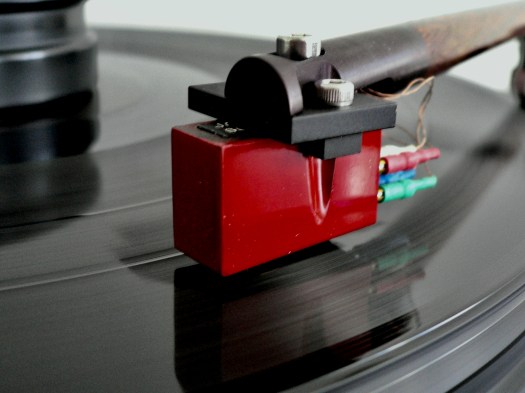
If you read all the differences till that point you might think – there are only 4 different models in existence – the Black Goldline with its softer suspension, the wood bodies including the Urushi models, the Vermilion with its single layer coil structure and the platinum magnet types. And yes if you do not look close enough at the tiny differences that might be true. At the end Koetsu offers us a very, very scaled product portfolio.
If you read my article about the Lyra Etna, one thing is more than obvious:
Koetsu detected as one of the first cartridge designers the influence of different body materials. And Koetsu was also one of the first designers who found different possibilities in voicing a cartridge with coil materials and different magnet structures. A direct comparison of the various models to detect the influence of the body material or finish (read lacquer) is not possible – because Koetsu changed also other parameters. The Rosewood Signature has a pure copper coil while the Urushi models use a silver cladded coil structure, and the Vermilion features a single layer coil as also different magnet materials.
The end of the myths

Lets talk about some facts and get rid of the myths, presumptions and special stories…..
Effective Mass

A lot of people who own a Linn, Rega or SME tonearm to name just a few – claim that it is not worth to buy anything better in the Koetsu lineup than the Black Goldline – which might be true from their personal perspective – because they do not own a tonearm which is able to function flawless with the other models in the lineup. If you pair a 9g effective mass arm with a Koetsu Urushi than you will detect, that the treble is rolled off and the bass is muddy and does not reach out to the deepest octave. The cartridge with its suspension reacts with the effective mass of the tonearm as a dog and its its tail….if the dog is too lightweight and the tail is heavy the dog is not anymore moving his tail – the tail is also moving the dog….you get it???? – So if we use a cart with a 9cu compliance with a 9g tonearm ist is not only the resonance frequency which gets now up to around 13hz – which might not be the biggest problem – more important is how the mechanical energy which is send from the cart into the tonearm is handled. The wood body carts help us there, because the rosewood damps a good portion of the implied energy – but if the body structure gets harder – read more direct coupling, the things get worse. A stone body Koetsu does not damp any serious amount of mechanical energy with its body structure – it acts in this parameter nearly as a Lyra cart. The Urushi carts are in between the rosewood and the stone bodies – if the body is old and the lacquer did harden over the years you have a glas like coating above your cart. Sugano San the elder used a Fidelity Research FR64S Tonearm with his creations, this beast has an effective mass of over 35g….!!!! – Todays Koetsus are not anymore as demanding in this regard – but from the Rosewood Standard on – it is not a good idea to use a Tonearm with 9 – 11g – ist is recommended to push that figure up to around 18g – and gone is the muddy bass, and the rolled off treble!!!!! The dynamic abilities gain even a greater amount of quality, and the whole thing tracks very, very good. I never got any mis – tracking from a Koetsu cartridge dropped on everything else than a test record. even the most demanding soprano voices are rendered without any harshness or stress!
Termination
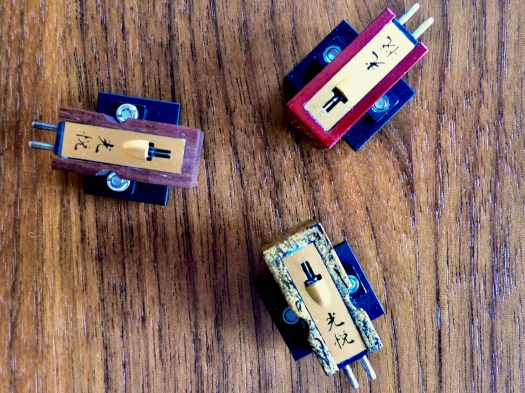
A lot of people use 1Kohm and even 47 Kohm for the Koetsu carts – in most of the cases to compensate for the soft treble gestalt (incompatible tonearms)….What you will get now is a human voice were the body has a certain natural distance to your listening position, but whenever the vocalist sings some treble implemented syllables, like S or SCH or T – than you have a miraculous beaming of the whole performance towards you – the singer is moving front to back dependant from the frequency….this is not anywhere near the real thing – nor is it nice to get such isolated, synthetic treble energy. In my book a Koetsu needs something around 100 Ohm – by the way – the cart reacts immensely on proper termination. Do not concentrate just on the treble excitement – the bass is also heavily affected – with 1 Kohm it sounds mostly uncontrolled and muddy – so you get both horror stories with just one parameter – in your face sibiliants and a muddy uncontrolled bass….Please keep in mind – if a tonearm is not compatible with its effective mass and energy distribution, there is NOTHING you can gain – it es if you put a very big Garrett turbocharger in your 1,5 l Diesel….and wonder why there is this ugly black smoke coming out of your exhaust…. If the basic things are not addressed you can stop your attempt to get a proper sound out of your Koetsu – look elsewhere.
The critical VTA
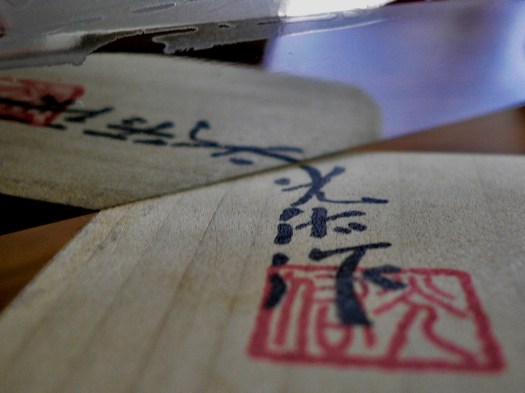
Yes it is true a Koetsu reacts in a distinct way if you change the VTA – but it is also true for every other cart which uses such a sharp cut….so the Koetsu is nothing special here!. Put a record on your table, it should be music with a voice in the mono centre of the soundstage and some naturally recorded instruments, which reaches out to the far right and left of the panorama. Now listen….with the tonearm leveled parallel to the record surface.
What you will hear is:

The Bass is on the lightweight side of neutral – less impact, soft tone and very difficult to follow.
The upper mids and lower presence is rendered in a unnatural forward sounding way, the singer stands directly in front of you – it is very very up front – a thing – some people like…
The treble and air is nearly completely masked with the lower presence around 4Khz – so there is no real sparkle and no air….
What we normally would do is to rise the tail of the arm to get more treble – but raising the arm gives us no real treble and no air – it gives us more presence – first it starts with the lower presence and as much we raise the tail of the arm we gain more higher presence – we can tune the presence section of the spectrum – but we cannot gain real treble – nor air!!!!! – As we do so, the soundstage suffers seriously – we have no real width anymore leaving alone some pin point accuracy at the extreme edges of the stage. And the bass will suffer – it is now woody and not deep anymore…..

So – raising the VTA is not the right direction – lets try it the other way round….and BOOOOOOOOOOOM!!!!!! – There it is – a slightly tilted down rear end of the tonearm and the sound becomes wide, and the bass shows now heft and structure, the emphasis in the presence is now much more domesticated – and we are able to detect a good amount of natural treble and air, as also a dramatical improvement in resolution. Now you have to find the sweet spot which depends on speaker position, your room acoustic (hard but true – we spent so much money on carts and phono stages – but the real deal is the room acoustic) – their will be a point were you get the widest stage AND a clear center focus – no high mid and lower presence emphasis and a full bodied bass with a nice tonal structure. The sound is now very, very natural and realistic, and in a special way seductive and immensely beautiful. And yes a Koetsu is not a Lyra or a Transfiguration – it is something else, which is in itself fascinating, delicious and very, unique – this carts could generate a drug like sound. Nothing sounds as a Koetsu – and I mean NOTHING!!!!
Further adjustments
As with every sharp stylus cut the Koetsu reacts very sensitive about all the typical parameters. So take your time to adjust the cart in a proper way. That is more easy said than done, because you cannot see the damn cantilever. Use a good protractor and different magnifying glasses to get the geometry spot on. Do not use the body with its straight lines – the cantilever is the only thing that counts!!!! With the azimuth use as a starting point a pencil mine which you should place on top of the headshell and not on top of the body – it might work with the Black Goldline and also the Stone bodies and the Rosewood models – but with the Urushi carts, there is a great chance, that the lacquer is much too uneven to get a proper result. After you have adjusted the azimuth basically, put on a mono record on your turntable – switch the cartridge connection cables of one channel and swith your preamplifier to mono…..Now you should here nearly nothing – because the two channels should be 180° out of phase and canceling out any sound coming from the two channels. You will here some treble signals coming through – that is normal and nothing to worry about. But if you detect some serious signals in the mid spectrum or more problematic the bass, you have to dial in the azimuth in a way, that you get the maximum of cancelation between both channels. As you see, you do not need a Fozgometer or a measuring computer….you can do it with just a mono recording. And you know now, why a mono switch wich your preamp is hopefully equipped with is something very, very useful. After you are finished with your azimuth adjustment – do not forget to reconnect the tonearm cables in the proper way….;-))))
The little details:

Please do not use any aluminium cartridge screws as also no Delrin or heavy dampening plastic stuff – a good idea is brass, copper (even better) or – the screws Lyra sells – which are amazingly good. Please avoid also nuts made out of aluminium, which is important if you use Koetsu carts with no threaded mounting holes.
If you mount the cart – please do not overtighten the mounting bolts – you can deform the body structure and it is seldom conductive soundwise to use brutish force!
If you use a step up transformer a 1:20 might be the best choice – if you already bought the Urushi Vermilion – make sure, that your tubes phono MM stage can handle the small amount of output this specific carts has to offer. Talking about SUT´s – the Michael Ulbrich “Monster Can” (see my Lyra Etna SL essay) will be an amazing performer – I must confess, that I never had a SUT which mated so well with any of the Koetsu cartridges – it is amazing – in particular the bass performance is astonishing! – THANK YOU MICHAEL – WELL DONE!!!!
Use a cable with a very low capacity from the SUT to your phono stage – which is also important for your tonearm cable (in one future essay I will come bak to that…)!
One last word

Maybe you observed on the used market some very nice Koetsu carts – mostly the mega expensive stone body carts are on offer for a big, big discount. You start reading the description of the used cart (hopefully given in a truthful way)…. “Koetsu Burma Jade – only played 100 hours, retipped by VdH – better than new…..”
Please be aware that no retipped Koetsu will sound like the original one – not a remake from Benz Micro nor one from VdH. I do not say that this carts are bad or worthless – but it is not anymore what it was. There is just one retipping company which is able to get as close to the original as possible, that is Ana Mighty Sound from France! But why should I use a retipping service if Sugano San is still alive and happy to take your order for a complete overhaul of you beloved Koetsu??? – Koetsu does not do any retippings – they do a complete remake – which is a fine thing – because you get after the procedere a brad new cart with a new unused suspension, new cantilever, new stylus – everything is brad new – they just leave your body like it is (which is also a good thing….). And they have a fair price politic for such a complete remake – and it does not need a year – it is done in 2 or 3 months. If I have spent €10 000,- on a stone body, I would not hesitate to give the cart to those, who once built it. That is the only chance to get back, what you have payed for – because – once again – no different stylus shape, no different cantilever material, length and shape and no variation in coil material and thickness will recreate what the cart once was. You get something which might plays music – but it is not anymore a Koetsu!
Which brings us to a different kind of online offerings…..an original Koetsu Urushi made by Sugano the father from 1984 in brad new condition – never played – and the price is…….ta ta ta taaa €6000,-!!!! Why would I buy a cart from 1984 – if we all know that a suspension will harden over the time – even if the cart was never used (which is a very common term today – may it a description which says ” never played” or “not even burnt in” – or “150 hours but 5 years old” because the owner has several carts….and so on….) keep in mind every cartridge changes its technical parameters in the suspension over the time. Such an old Urushi might have a compliance of 5cu – and can hardly track any piano tone…..
There is no other cartridge type were we can observe so much bullshit as with the famous Japanese Koetsu!
If you want to have one – wait until you have the funds to buy a new one. In most of the cases it turns out as a much cheaper solution and it is even more delightful to start your journey with an original and masterfully build gem!
At the end it is one of the very rare true classic carts which offers a one of a kind sound aesthetic and is unmatched till today, because no other manufacturer comes even close to that particular sound experience.
…..happy listening
E. Strauss



